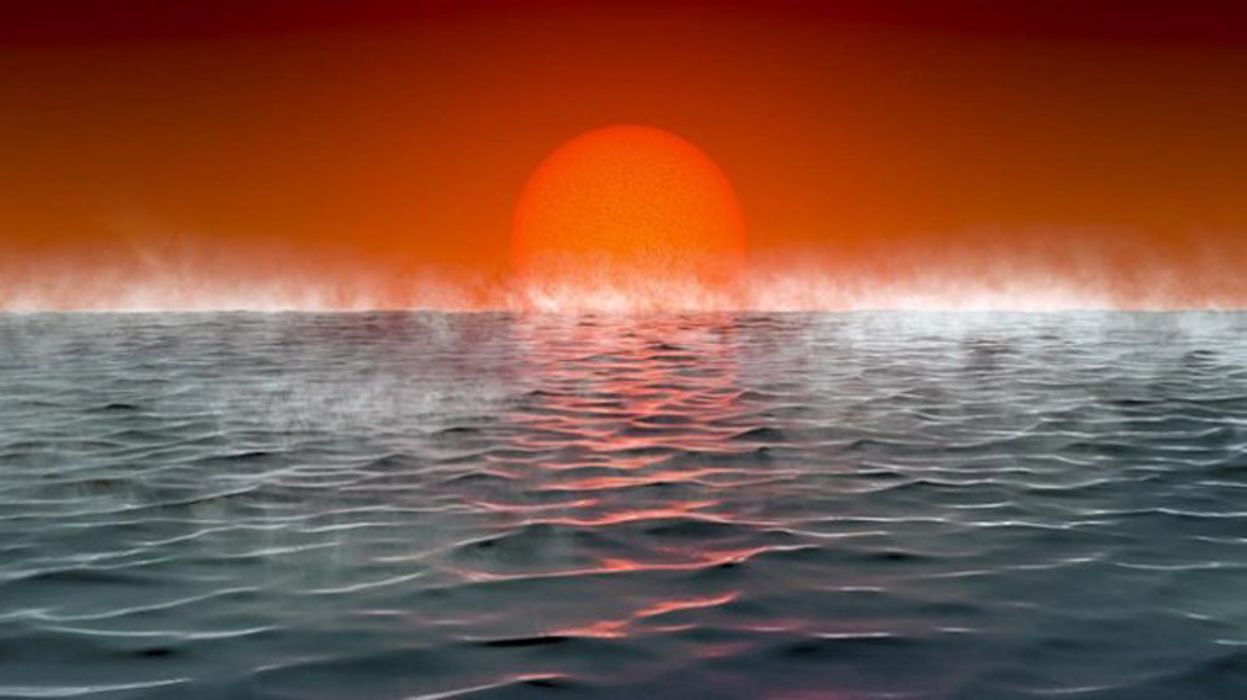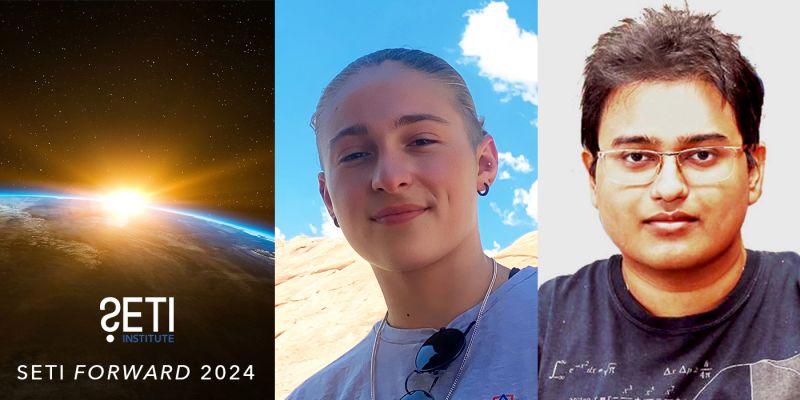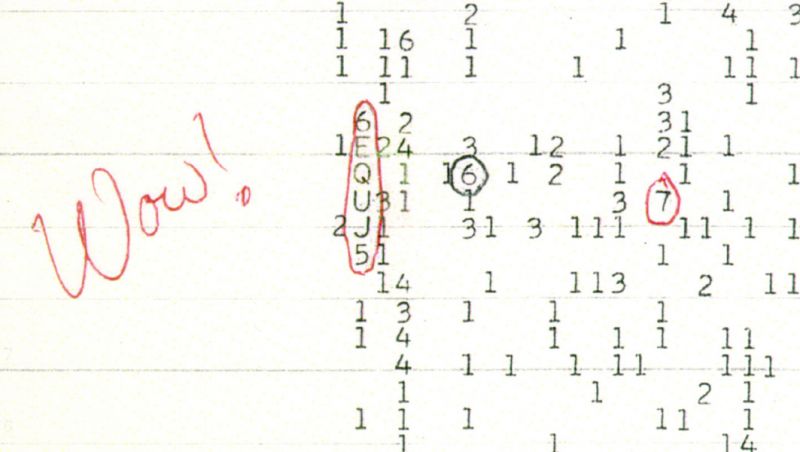
While some astronomers are busy searching for a new planet inside our solar system, others are looking outside our solar system, searching not just for planets but for planets that could harbor life. And in a new paper in The Astrophysical Journal, a team of scientists has identified an entirely new class of exoplanets to search for. They are called Hycean worlds, and they have hydrogen-rich atmospheres and are covered in oceans. Hence the name — Hycean is a portmanteau of hydrogen and ocean.
So what makes these planets such a good target in the search for life? Several reasons, actually. First, they are more numerous and easily found than Earth-sized planets because they are up to 2.6 times larger than Earth. That means they block more light from their stars, so if we’re searching for them via the transit method, we’ll find more of them. In this case, we do have an observational bias, but it might work in our favor.
Second, these larger planets are also hotter than Earth, running at about 200 degrees Celsius, but they still can host large oceans and possibly support microbial life similar to what we find in our own extreme watery environments. This means that the so-called “Goldilocks zone” for Hycean worlds is larger than that of Earth-sized planets, which gives us a greater range for finding habitable worlds in their star systems.
It could even be the case that some of these worlds are tidally locked and can only harbor life on their night sides, where temperatures are cooler and closer to Earth’s temperatures. Or there may be cold Hycean planets that don’t get as much radiation because they are further away but still in that habitable zone we are looking for.
These planets offer a lot more possibilities than we have really seen in the galaxy to date, especially since they make up the majority of the exoplanets we have found. We just haven’t studied them as extensively as we have planets like super-Earths and hot Jupiters.
We have been looking for certain biosignatures in our quest to find habitable exoplanets and life beyond our solar system. These markers include oxygen, ozone, methane, and nitrous oxide. We have them here on Earth, so we’re familiar with them and know how to detect them in the atmosphere from observations of our own planet. There are other, less common biosignatures that may be of use on these hydrogen-rich worlds since they might not have the same levels of oxygen and ozone we have been looking for.
As lead author Nikku Madhusudhan explains: Essentially, when we’ve been looking for these various molecular signatures, we have been focusing on planets similar to Earth, which is a reasonable place to start. But we think Hycean planets offer a better chance of finding several trace biosignatures.
The team identified a decent sample of potential Hycean worlds that should be studied with these amazing next-generation telescopes we have in the works, including Vera Rubin and the telescope-that-shall-not-be-named. The exoplanets are all orbiting red dwarf stars between 35–150 light-years away. While that sounds far, it’s relatively close, astronomically speaking.
As Madhusudhan concludes: A biosignature detection would transform our understanding of life in the universe. We need to be open about where we expect to find life and what form that life could take, as nature continues to surprise us in often unimaginable ways.
Again, I am excited to watch where this line of research goes, and we’ll bring you updates as we have them, here on Daily Space.
More Information
University of Cambridge press release
“Habitability and Biosignatures of Hycean Worlds,” Nikku Madhusudhan, Anjali A. A. Piette, and Savvas Constantinou, 2021 August 26, The Astrophysical Journal
This article originally appeared on Medium.





